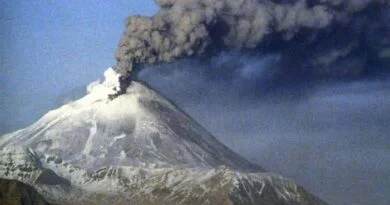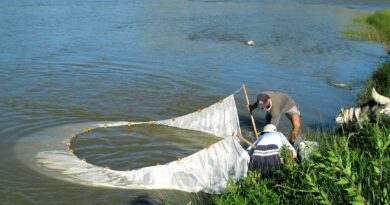Abstraction and Pollution of Water Resources
The water cycle ties together life processes and aquatic organism. Ecosystems are linked and maintained by water, it drives plant growth, it is habitat to aquatic species and it is a major pathway of sediment, nutrient, and pollutant transportation in global biogeochemical cycles.
Yet there are clear relationships between population and freshwater abstraction for agricultural, domestic, and industrial uses, as well as emission of pollutants into water bodies (Dasgupta 2000).
Human settlement is heavily predicated upon the availability of water. A map of global population distributions closely tracks annual rainwater runoff, with lower densities in the most arid regions and as well as the most water abundant, such as the Amazon, Congo basin and along river vallies.
Whereas the former areas are water constrained for agriculture, in the latter areas, year-round rainfall in excess of 2000 mm has rendered these environments less favorable for agriculture (owing to soil leaching and oxidation) and more favorable for human and livestock diseases.
De Shabini (1998) argued that at the global scale, irrigation water for agriculture is the biggest single user (about 70% of water use), followed by industry (23%) and domestic uses (8%).
Read Also : Other Type of Environmental Pollution
As demand for food increases with growing populations and changing needs (including growing demand for animal versus vegetable protein with its far greater demands for water), it is expected that water diversions for agriculture will only increase.
Today, humanity is estimated to use 26% of terrestrial evapotranspiration and 54% of accessible runoff, (Postel et. Al., 1996) Falkenmark & Widstrand (1992), established benchmarks for water stress of between 1000 and 1700 m3 per person, water scarcity of between 500 and 1000 m3 per person, and absolute scarcity of less than 500 m3 per person.

Northern and southern Africa and the Middle East already suffer absolute scarcity. As population grows and water resources remain more or less constant, many countries in the rest of Africa are projected to fall below 1000 m3 per person (Engleman and Leroy 1998)
Other studies at the local level reveal a similarly complicated picture. Research in the Mwanza region of western Tanzania finds that accessible runoff varies significantly across a relatively small area and that population density closely tracks available water (Zaba & Madulu 1998).
Migrants to towns were generally less likely to have access to water from standpipes and more likely to rely on unimproved wells. Rural-urban migration is not correlated to relative water scarcity in places of origin but rather to proximity to roads and to towns.
The researchers conclude that high fertility a traditional adaptation to peak labour demands during the short cropping season increases the problems of water access and supply maintenance in agricultural and domestic spheres.
In the Pangani Basin of north-eastern Tanzania, a complex set of factors is leading to water conflicts, Population is one factor, owing to high fertility and migration, rural population is doubling every 20 years, and the population of towns is doubling every 10 years.
Read Also : Waste Management Terms and their Meanings
But other factors include water extraction and land alienation for export flower production and protected areas, growth and mobility of livestock herds, declining summer runoff from glaciers on Mount Kilimanjaro owing to global warming, and hydroelectricity generation.
The greatest conflict is between farmers and pastoralists, as farmers progressively moved into areas previously considered too marginal for agriculture and pastoralists were squeezed by restrictions on grazing areas owing to newly established protected areas.
In recent years, the pressure on land has led to stresses on water and other resources, leading to heavy out-migration from the basin (Mboline, 2005).



